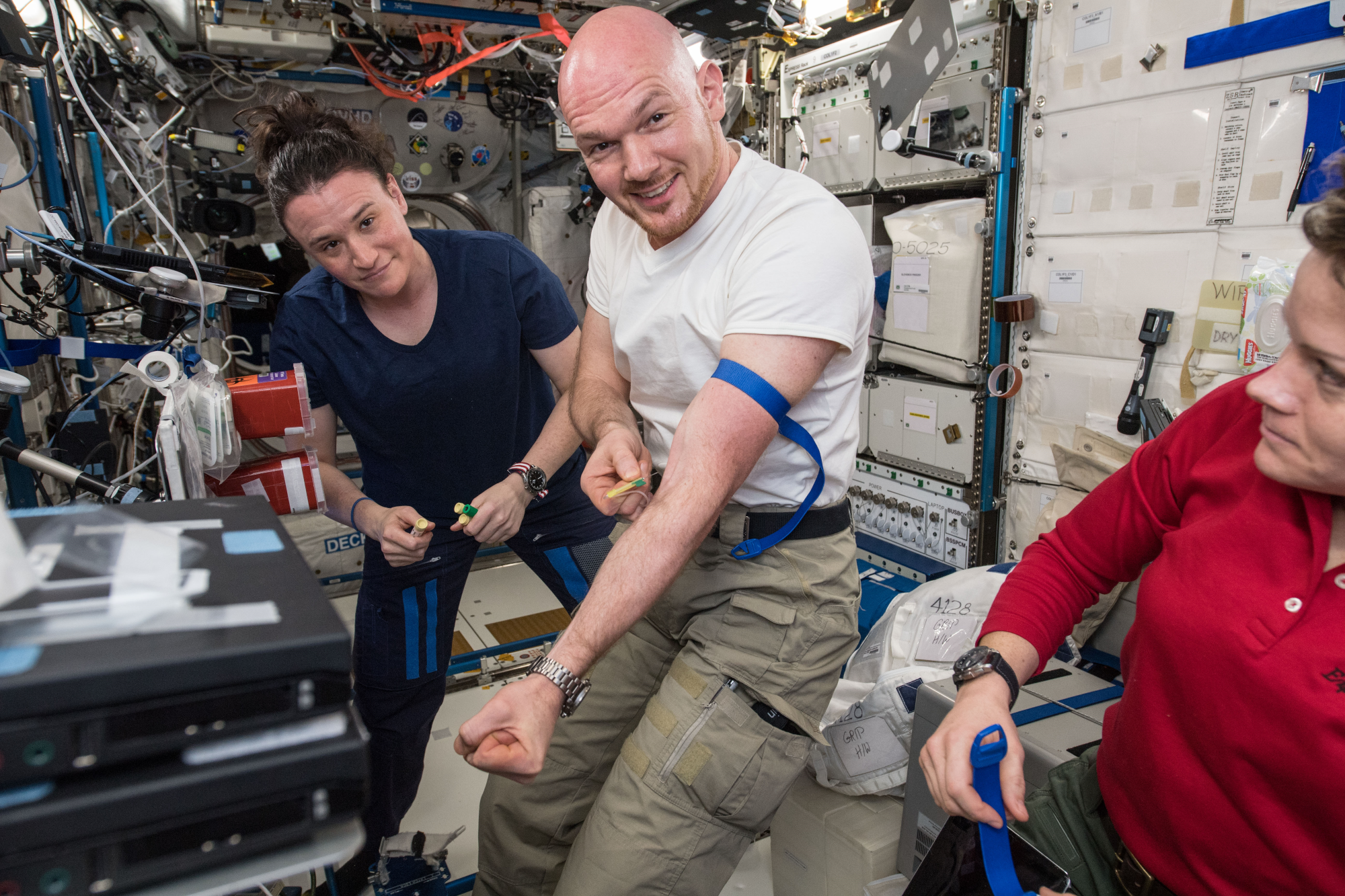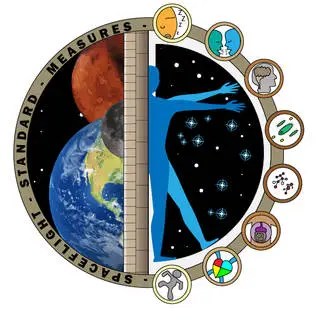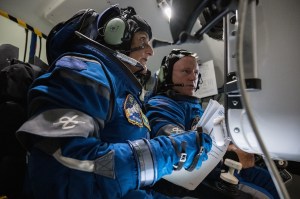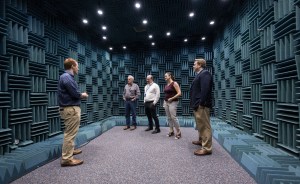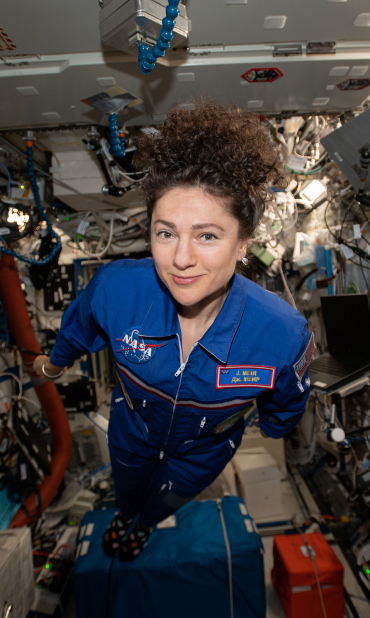Astronauts undergo many adaptations during space expeditions. NASA is collecting a set of consistent core measurements, called Spaceflight Standard Measures, to characterize how the body and mind change in space. These measures will help the agency better understand how to tackle the hazards astronauts will encounter on Artemis missions to the Moon and future trips to Mars.
For years, NASA has studied the way specific systems of the body react to the stressors of spaceflight. What makes the Spaceflight Standard Measures project unique is that it focuses on how multiple systems of the body adapt to living and working in space.
“These measures provide a comprehensive approach to looking at the effects of spaceflight on the human body,” said Gilles Clement, principal investigator for Spaceflight Standard Measures with NASA’s Human Research Program at the agency’s Johnson Space Center. “They do not focus on one particular physiological system, but look at all of the systems at once.”
Research with Spaceflight Standard Measures includes testing in Earth-based analogs, such as the HERA facility in Houston, Texas, :envihab in Cologne, Germany, and the NEK facility in Moscow, Russia. The measures are also used in studies on the International Space Station, and will potentially be included on future Artemis missions to the Moon. The core measurements include:
- Actigraphy: Each crewmember wears a wrist monitor, called an actigraph, which measures his or her activity level and light exposure patterns. The measurements help researchers better understand the sleep-wake cycle of astronauts and adjust operations or lighting where needed.
- Biochemical markers: Researchers collect blood and urine samples from crew members to measure certain chemicals that serve as indicators of health, called biomarkers. The measurements help researchers ensure the health of astronauts during spaceflight by making modifications to crew diet and workout routines.
- Carotid intima-media thickness: An ultrasound scan measures the thickness of the carotid artery in the neck that supplies blood to the brain. Evidence suggests that certain spaceflight factors may accelerate the development of atherosclerosis, a disease in which the arteries narrow and stiffen. The measurements help scientists diagnose the development of atherosclerosis in the carotid arteries, which can block blood flow and cause a heart attack or stroke.
- Cellular profile: Scientists use blood and saliva samples to measure stress hormone levels, viral reactivation, protein levels, blood count, and types of blood cells. The measurements examine how the immune system changes in space, thereby enabling researchers to identify illnesses or infections in astronauts early and inform treatment options.
- Cognition: Astronauts take 10 computer-based tests that measure different aspects of cognition, from memory to risk decision-making. The measurements help researchers monitor the effectiveness of countermeasures developed to ensure the cognitive performance of astronauts.
- Microbiome: The human body is home to a multitude of microorganisms, called the microbiome, which plays a pivotal role in our health. Researchers measure different microorganisms that comprise the microbiome of astronauts. These microorganisms are collected from the body, saliva, and fecal samples. The measurements help researchers evaluate how the human microbiome changes in space and make adjustments to the diet of astronauts and other factors as needed.
- Personality questionnaire: Crews take a pre-flight personality questionnaire, which measures five big personality traits, including openness, conscientiousness, extraversion, agreeableness, and neuroticism. The survey is widely used in psychological research to categorize different personality types and by NASA to analyze the responses of each crewmember to a separate team questionnaire.
- Sleep quality/team questionnaire: Astronauts complete a questionnaire after they wake up that measures sleep quality and quantity, and another questionnaire before going to sleep about mood, team cohesion and performance, and crew livability and habitability. The measurements allow researchers to compare sleep quality as perceived by the participant and as measured by the actigraphy, and provide insight into the team characteristics necessary for future Mars missions.
- Sensorimotor: Crews participate in sensorimotor tests that measure movement, balance, heart rate, and blood pressure before and after their missions. This helps researchers assess and develop countermeasures to improve balance and coordination so astronauts can quickly acclimate when they land on Earth or a planetary surface.
Scientists are analyzing the Standard Measures gathered from previous analog and space station missions. Data from these missions are collected in a database within the Life Sciences Data Archive and are available to other investigators.
Future data will be incorporated in the database as analysis for each mission is completed. Results will shed light on how the human body adapts to spaceflight, validate countermeasures and technologies, inform future studies, and predict the adaptability of crews on a Mars mission.
By collecting a set of consistent core measurements that represent how the body and mind normally adapt in space, NASA will be able to produce the best methods and technologies that support safe and productive human space travel.
______
NASA’s Human Research Program, or HRP, pursues the best methods and technologies to support safe, productive human space travel. Through science conducted in laboratories, ground-based analogs, and the International Space Station, HRP scrutinizes how spaceflight affects human bodies and behaviors. Such research drives HRP’s quest to innovate ways that keep astronauts healthy and mission-ready as space travel expands to the Moon, Mars, and beyond.



























